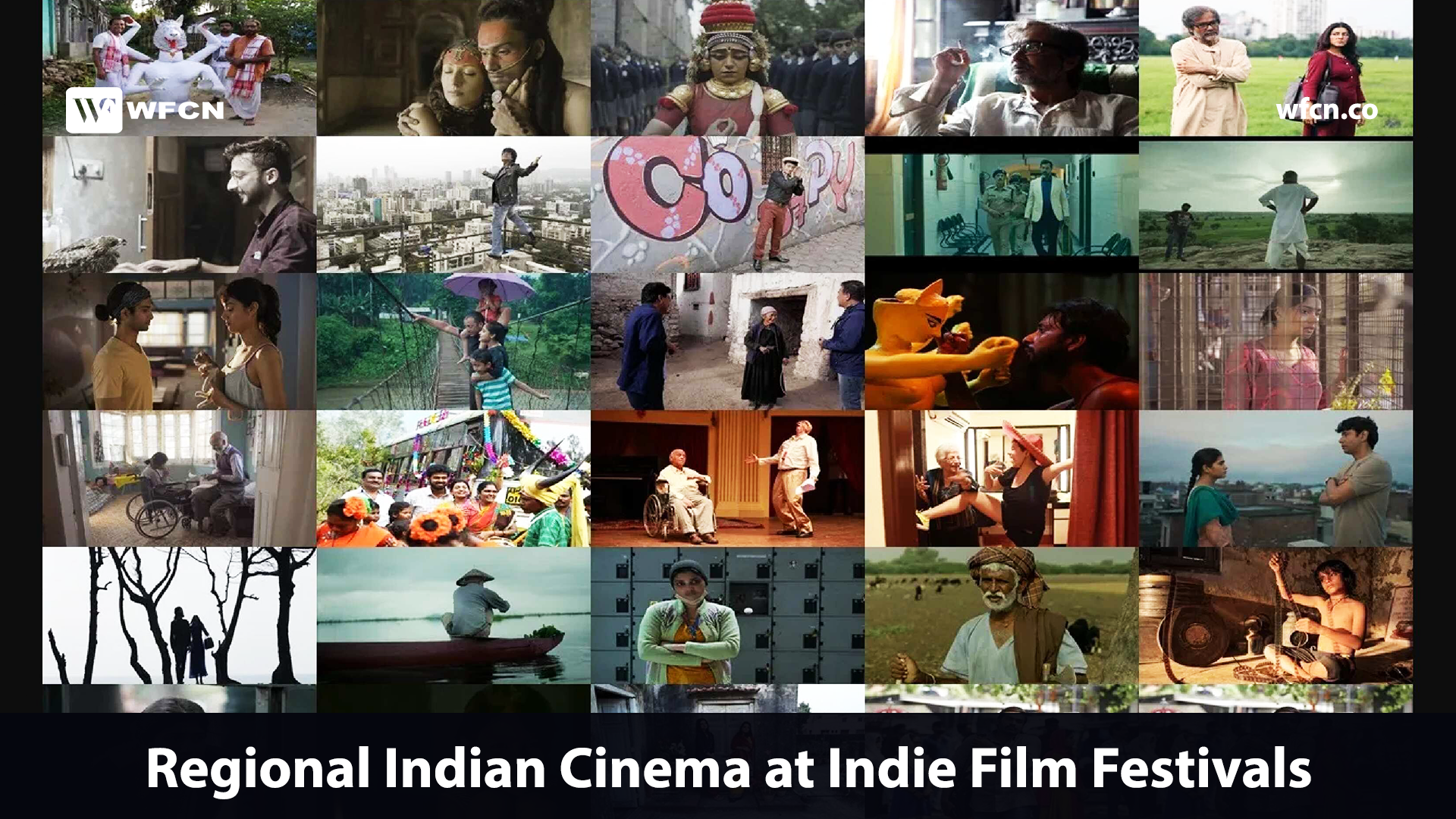Regional Indian Cinema at Indie Film Festivals

For decades, the global perception of Indian cinema was synonymous with Bollywood - a world of larger-than-life song-and-dance extravaganzas. However, in recent years, a vibrant and diverse regional film scene has emerged, gaining traction and critical acclaim at international indie film festivals. This movement is not just about showcasing distinct cultures and languages; it's a testament to the artistic prowess and innovative filmmaking techniques employed by regional auteurs.
The sheer linguistic diversity of India is staggering, with 22 official languages and countless dialects. This linguistic tapestry translates into a rich pool of stories waiting to be told. Regional filmmakers are delving into themes specific to their locales, exploring social issues, political realities, and cultural nuances that might not resonate with a mainstream Bollywood film audience. Take, for instance, the Malayalam film "Ee.Ma.Yau" This poignant drama, screened at the Toronto International Film Festival, tackles the sensitive subject of caste discrimination within the Syrian Christian community of Kerala. It's a story deeply rooted in a specific socio-religious context, offering a unique perspective to a global film audience.
Financial constraints often plague regional filmmakers, forcing them to adopt a more independent approach to filmmaking. This, in turn, fosters a spirit of experimentation. Film directors like Apichatpong Weerasethakul, whose Thai film "Uncle Boonmee Who Can Recall His Past Lives" won the Palme d'Or at Cannes, have cited the influence of Satyajit Ray, the Bengali auteur known for his minimalist masterpieces. Ray's legacy continues to inspire contemporary Bengali filmmakers like Aditya Vikram Sengupta, whose "Labour of Love," screened at the Locarno Film Festival, explores the complexities of human relationships with a stark yet poetic touch.
The rise of digital filmmaking has further empowered regional filmmakers. Affordable equipment and film editing software allow them to bypass the limitations of traditional studio systems and forge their own creative paths. Marathi cinema, for example, has witnessed a surge in innovative storytelling thanks to the accessibility of digital technology. Films like "Sairat," a heartbreaking romance that garnered immense critical praise, wouldn't have been possible without the freedom and flexibility offered by digital filmmaking.
This newfound recognition at international film festivals is not just a validation of artistic merit; it's also a gateway to wider film distribution. Acclaim at film festivals like Sundance or Berlin opens doors to international film co-productions, funding opportunities, and global film audiences. This, in turn, fosters cultural exchange and a deeper understanding of the multifaceted tapestry that is Indian cinema.
The rise of regional Indian cinema is a testament to the power of storytelling that transcends borders. It's a celebration of cultural diversity and a reminder that cinema, at its core, is a universal language. As these regional voices continue to gain prominence, we can expect a thrilling new chapter in the history of Indian cinema to unfold on the global stage.
- Trending tags:
- Films
- Film Festival
- Film Festivals
- Filmmakers
- Film Industry
- Filmmaking Tips
- Indie Film distribution
- Film distribution
- Self Distribution of Films
- Film distribution Platforms. Indian Films
- Regional Films
- Indie films
- Films of india
- Indian films
- International film festrivals
- Film Festivals
- Indie film festivals


